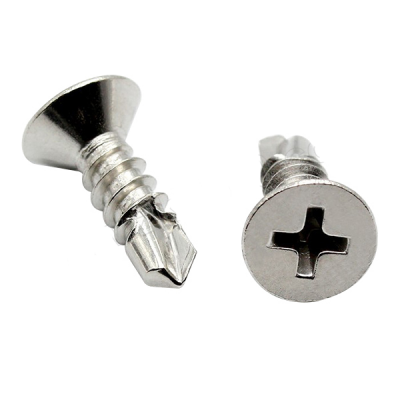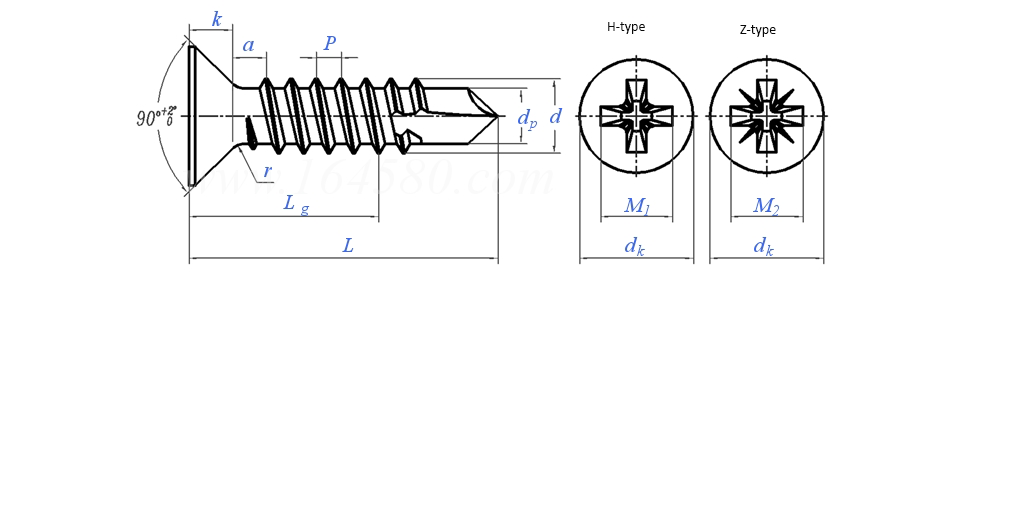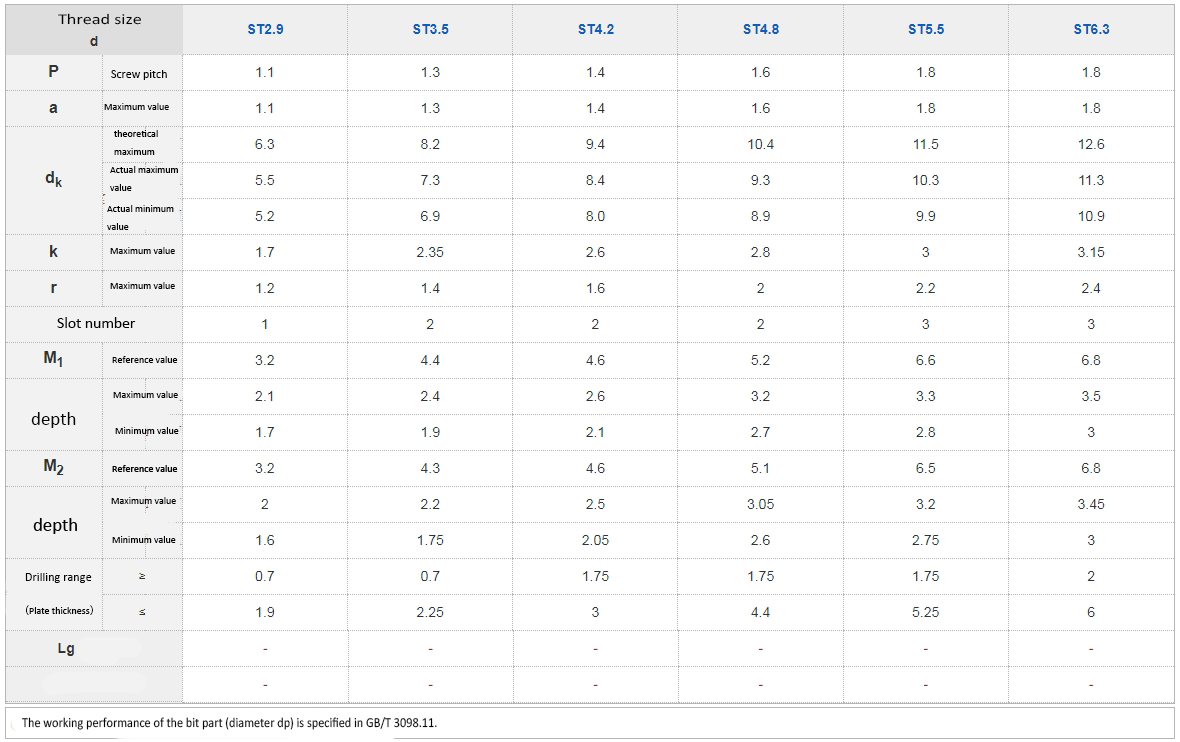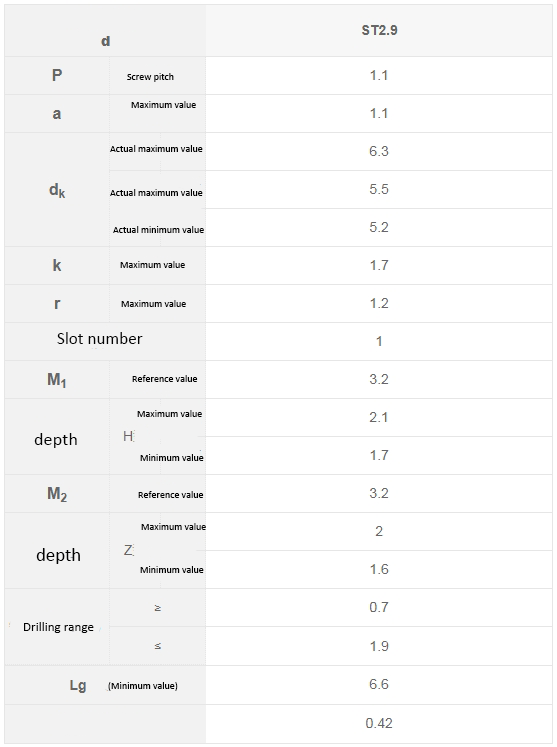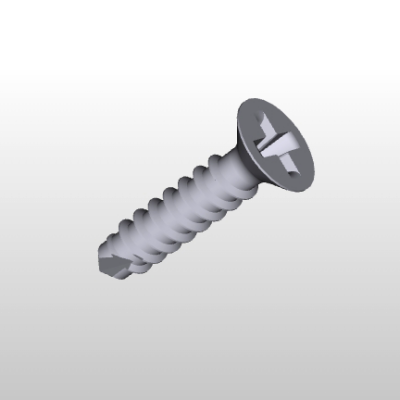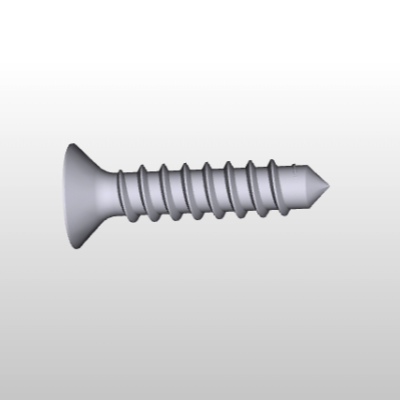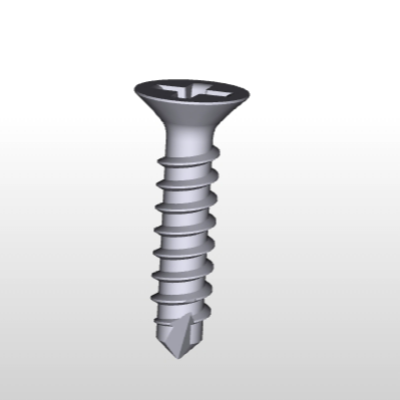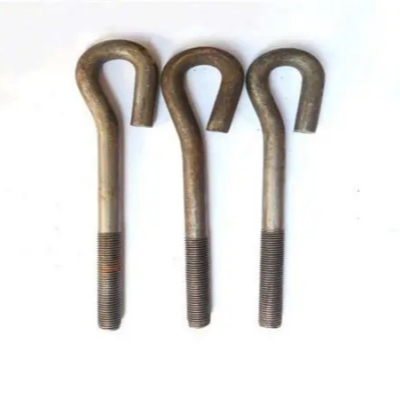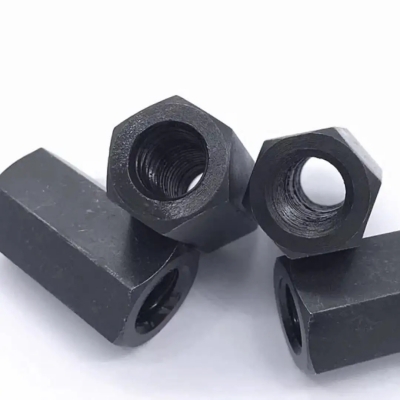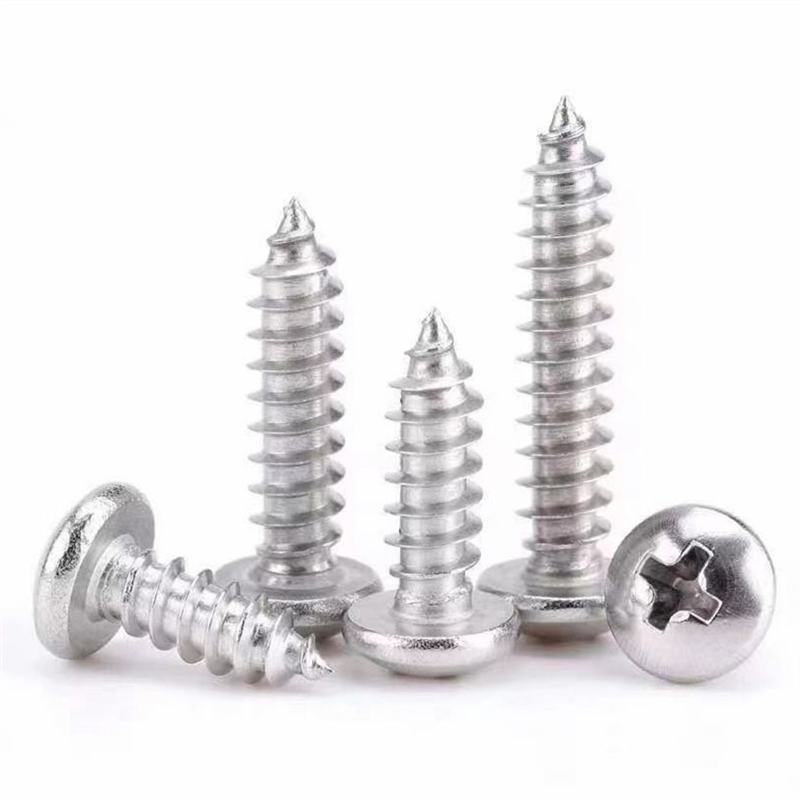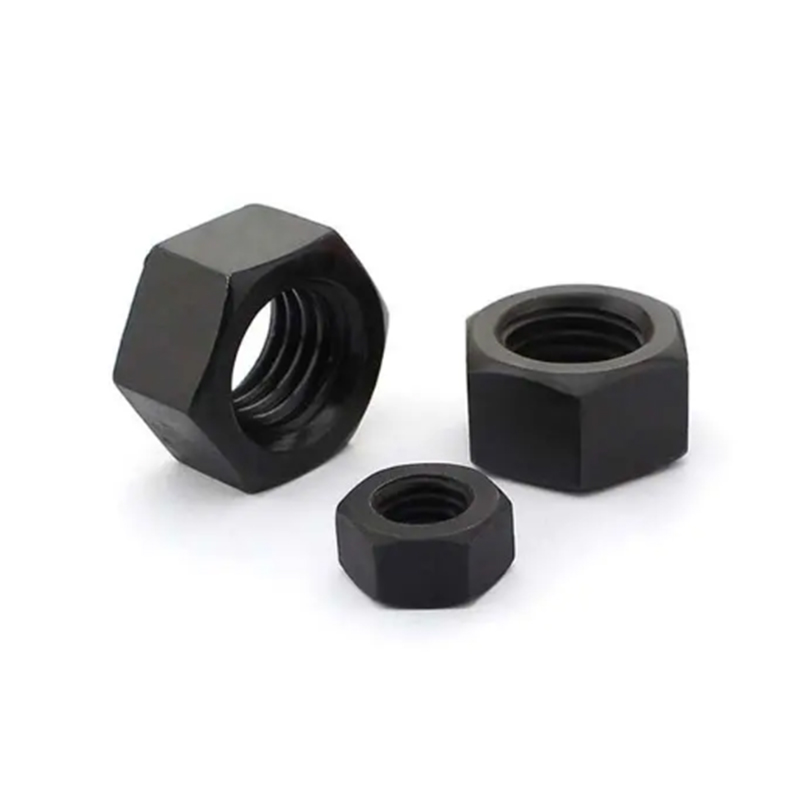Drill tail screws are screws with a self tapping drilling head at the front end of the screw. The screw has been a common invention in people's production and life for thousands of years, and according to its application field, it is the first great invention of humanity. Drill tail screws are a new invention in recent years, also known as self drilling screws.
The tail of the drill tail screw is in the shape of a drill tail or pointed tail, without the need for auxiliary processing. It can be directly drilled, tapped, and locked on the setting material and foundation material, greatly saving construction time. Compared to ordinary screws, they have high toughness and maintenance force, and will not loosen after being combined for a long time. It is easy to use safe drilling and tapping to complete the operation in one go.
Usage: It is a type of screw, mainly used for fixing colored steel tiles in steel structures, and can also be used for fixing thin plates in simple buildings. It cannot be used for metal to metal bonding fixation. Material and model
There are two types of materials: iron and stainless steel, among which stainless steel is divided into various materials.
The models include: Φ 4.2/ Φ 4.8/ Φ 5.5/ Φ 6.3mm, specific length can be agreed upon according to requirements.
According to different drilling tails, they can be further divided into:
Round head rice/cross/plum blossom, countersunk head (flat head)/rice/cross/plum blossom, hexagonal Huasi, round head Huasi (large flat head), trumpet head, etc
1、 Self tapping screws: mechanical performance requirements
1. Core hardness: standard value HRC28-38. During the test, take a section with a diameter 1-2 times that of the tail. If the length of the section is too short, it can be embedded first, and then the hardness can be measured.
2. Surface hardness: standard MIN HV450.
3. Carburization layer: standard 4 # -6 #: 0.05-0.18mm, 8 # -12 #: 0.10-0.23mm, 14 #: 0.13-0.28mm. The main purpose of carburization is to enhance surface hardness and ensure the strength of teeth. If decarburization is too deep and carburization is insufficient, the strength of teeth will not meet the requirements, which means teeth will be damaged during the screw in test.
4. Torque: Standard specification 4 # 5 # 6 # 7 # 8 # 10 # 12 # 14 # A teeth 14212835455696145AB teeth 142128354565102165.
5. Screw in test: Screw the self tapping screw into a steel plate with a reserved test hole. The self tapping screw should form a matching thread in the test plate, and the thread of the screw itself should not deform or be damaged until the end taper thread completely passes through the test plate. The screw-in test is only applicable to self tapping screws of types AB, B, BP, etc. According to IFI, the test plate shall be prepared from semi hard low-carbon cold rolled steel with a hardness of Rockwell 70-85HRB. The standard specifications and thickness of the steel plate are shown in the table below. The test holes should be punched or drilled, with a tolerance of ± 0.025mm of the specified nominal diameter (see table below). Specification 6 # 7 # 8 # 10 # 12 # 1/4 Test plate thickness (mm) 1.85-1.953.12-3.234.68-4.84 aperture (mm) ± 0.0252.953.263.454.044.765.50.

